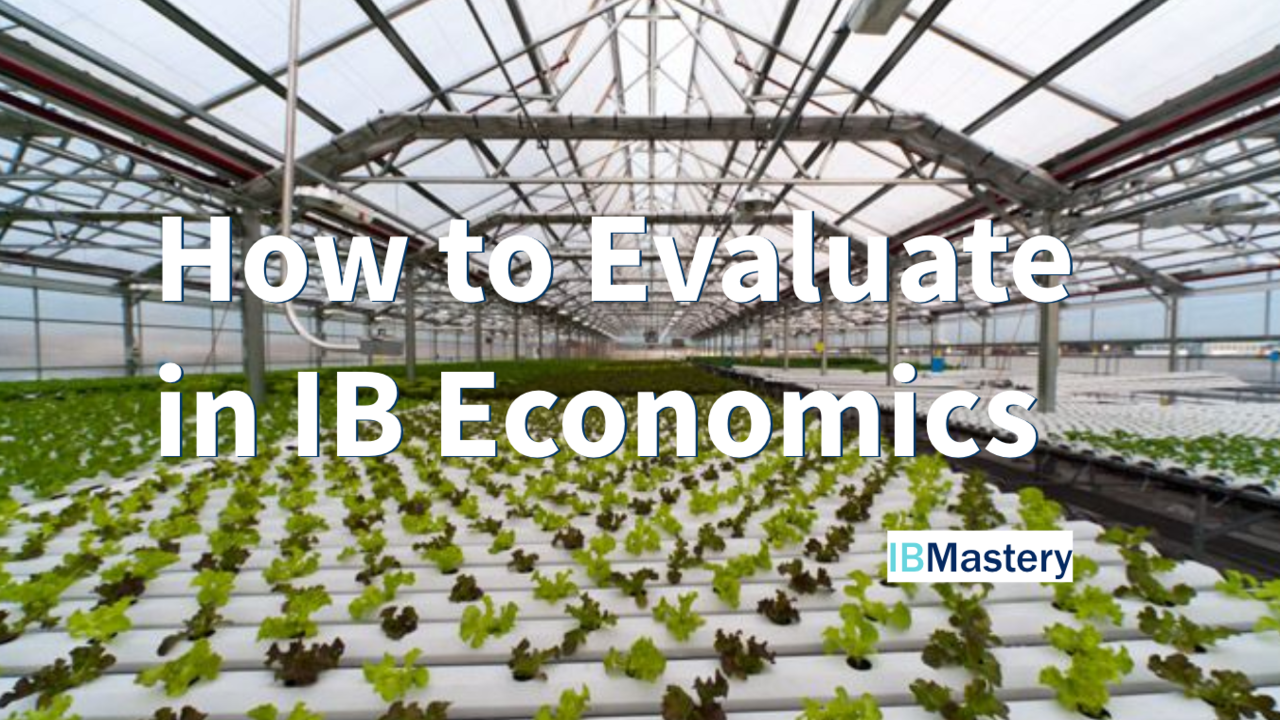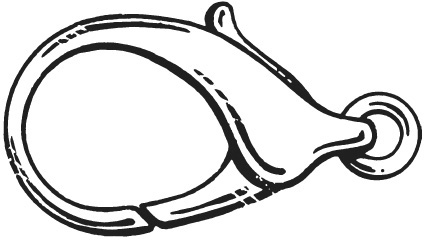Evaluation in Economics - Using CLASPP

Evaluation is a very important concept in IB Economics. But before we evaluate we always analyze.
Analysis is providing the DEED aspects --your Definitions, Explanations, Examples and Diagrams to show how the theory helps to answer the question.
Evaluation vs analysis
Basically, analysis is explaining the relevant theory. Whereas evaluation is where you reflect and notice effects of the policy and show your critical thinking (i.e. noticing limitations of the theory and making links to your key concept).
Economic theories (i.e. our diagrams) always suggest certain things are true --for example that price ceilings will result in shortages. However, our field is full of interesting assumptions and exceptions. For example, price ceilings don't always result in shortages, because they might be set above the current equilibrium price.
There are also uncertainties and priorities to consider when we're exploring a policy. Remember that in your IA, for example, you're almost always looking at the possible effects of a certain policy decision. The theory you shared in the analysis section, needs to be challenged and critiqued. That's what we're doing when we evaluate. We're looking at all the ways the policy effects might be wrong or uncertain. And we're explaining the other relevant considerations we need to take into account when deciding whether or not the policy will be a good one. It can feel hard to know where to start.
We're looking at all the ways the policy effects might be wrong or uncertain. And we're explaining the other relevant considerations we need to take into account when deciding whether or not the policy will be a good one. It can feel hard to know where to start.
CLASPP
CLASPP is a list of things you can write about, which are all valid aspects of economics evaluation. I came up with CLASPP in 2013 (when I was teaching IB Economics in Singapore) and it's become very popular since then.
** A clasp is something that holds things together, but spelled with 2 P’s it’s also an acronym for the 6 types of evaluation we can use in IB Economics.
I recommend using at least 3 of these. Personally, I normally recommend my students that they try use Stakeholders, Assumptions and a Short-Term and Long-Term effect of the policy, as well as a forth one of their choice, but if you can do more that's better.
Conclusions
 This is where you synthesize the insights of the diagram, where you're explaining the (potentially simplistic) insights of the theory and the diagram you presented above.
This is where you synthesize the insights of the diagram, where you're explaining the (potentially simplistic) insights of the theory and the diagram you presented above.
-What can we conclude from the theory that you’ve explained in your analysis?
-What is the basic relationship between the aspects that you compared in your diagram? (i.e. In general, what happens to price and consumption when the price ceiling is introduced?)
Long-term and short-term effects
Some effects of policies aren't evident for quite a while and sometimes the short-term effects are good, while the long-term effects can be bad.
-Is the change good in the short-term, but over in a few years it could have undesirable consequences? Over time many suppliers may move out of the industry, as they have an insufficient either willingness or ability to sell for the amount dictated by the price ceiling.
-Could the policy be really hard on people in the short-run, but it fixes the long-term problem?
-Could this policy fix one problem, but create another?
Assumptions
 What does the diagram (the standard economic thinking) assume is true, but often might not be.
What does the diagram (the standard economic thinking) assume is true, but often might not be.
-Are there some assumptions being made, that the theory depends on that may not hold true? This is the same as “ceteris paribus” --the assumption that all other things are being held equal, when in fact they might not stay constant. Explain what might change and how that would effect your analysis.
-Are there weaknesses in the theory?
-What is unrealistic about the theory?
-Is there an important normative (i.e. values aspect) that the policy change is assuming?
-Does the theory rely on people acting rational (i.e. trying to maximize their own best interests or utility) when in reality that may not be how people behave?
Stakeholders
 -What effects would this policy have on the government, consumers, producers and the rest of society? Suppliers may suffer, while consumers benefit from a price ceiling, as long as suppliers continue to provide the goods.
-What effects would this policy have on the government, consumers, producers and the rest of society? Suppliers may suffer, while consumers benefit from a price ceiling, as long as suppliers continue to provide the goods.
-Policies (i.e. price ceilings) are often made with particular stakeholders in mind, so are there undesirable effects on other parties (i.e. price increases for consumers)?
-Is the policy great for some groups, but bad for others?
Priorities
Each policy benefits some more than others (as we explore in stakeholder effects). With priorities we notice which groups benefit more and we can infer who the policy is created to benefit.
Priorities here means the main intention or justification of the policy that was introduced.
-Discussing the priorities of a society, or the government is also a good way to keep things in perspective. A policy like subsidizing schools is probably good for families, good for the long-term macro economy, but perhaps unfair for taxpayers who don’t have children. New policies should reflect the true priorities of the society. 
-Also, sometimes a policy can be successful in a way, but it doesn't achieve the original intention or goal of the policy. For example, perhaps improving health was the original reason given for the increase in a tax (i.e. in e-cigarettes). The tax may have decreased consumption of those products, but actually worsened health (i.e. as many people switched to normal cigarettes, which are worse for their health).
Pros and Cons
Finally, pros and cons is where we try to notice any additional good or bad things about the policy, which we haven't mentioned yet.
-What are the advantages and disadvantages of this policy?
-What are the costs and the benefits of this policy?
-What are the arguments for and against this policy?
-This one is to double-check that you haven’t left anything worth mentioning.

Tim is available for private tutoring, almost every day, to support you in writing your best Economics IAs. He's an expert IB Economics teacher (a fully IB-trained teacher, marker and teacher-trainer) with over 20 years of teaching experience. 🚀 Click here to meet with Tim on Zoom and talk through your work. 🚀
Tim also helps students with many aspects of IB Diploma Program (details here). For example he helps with IB Business Management, IB Global Politics, IB History, IB English IOs, IB Biology IAs and College Admissions essays.






